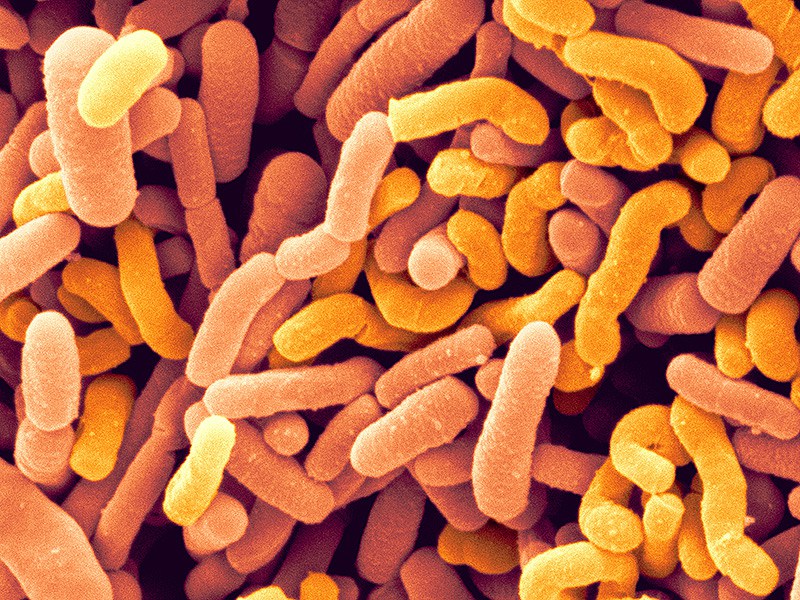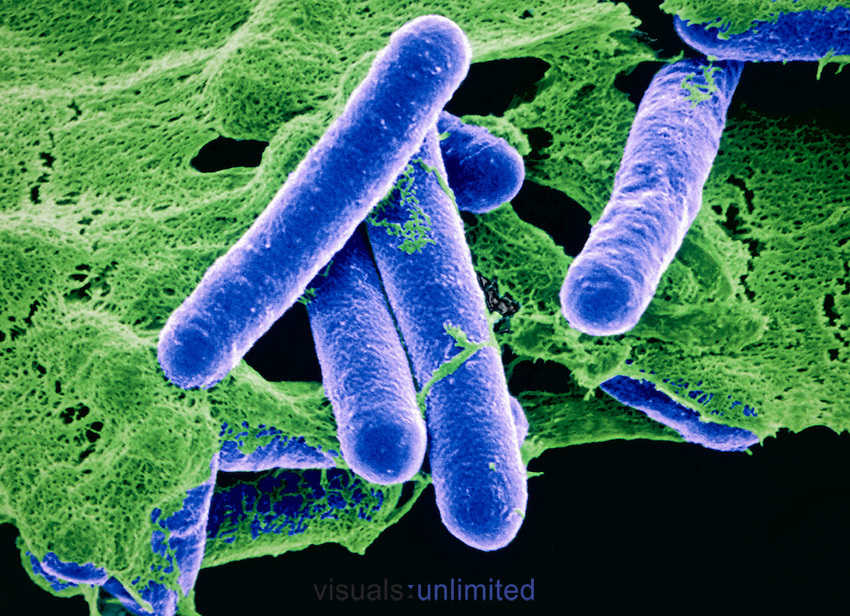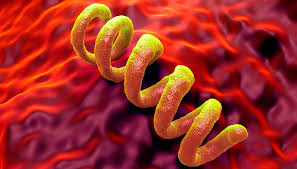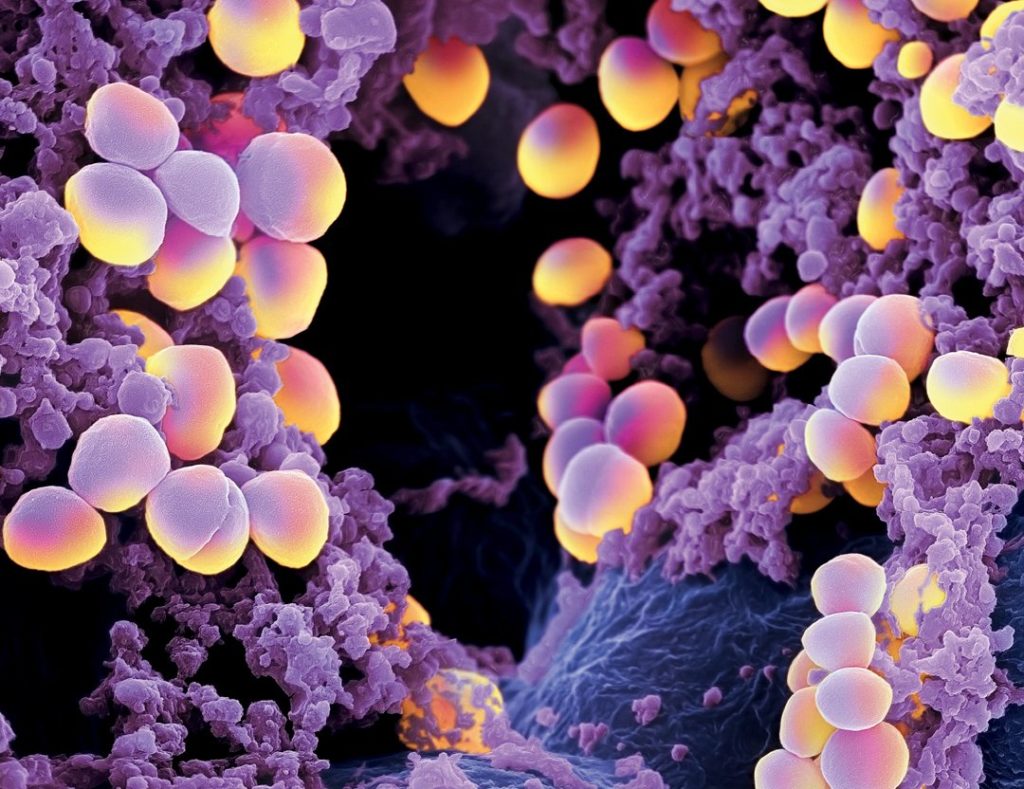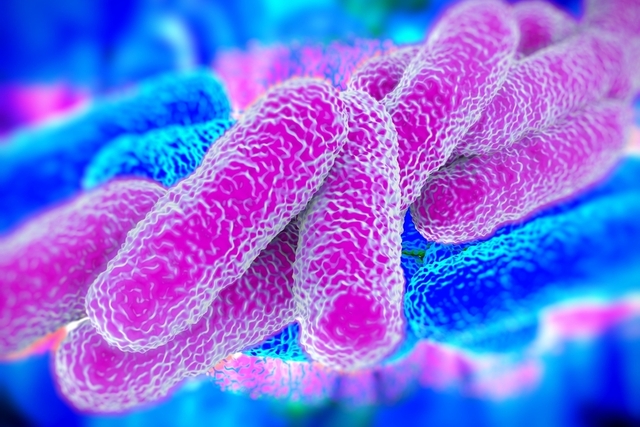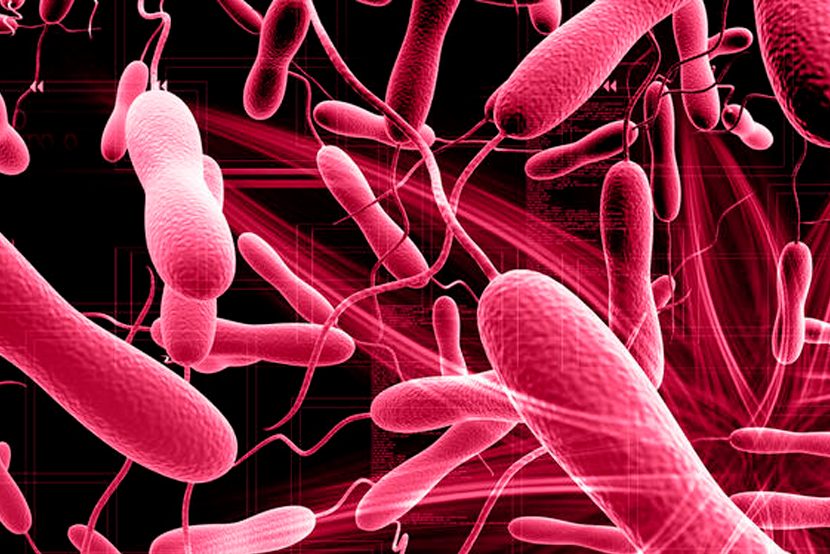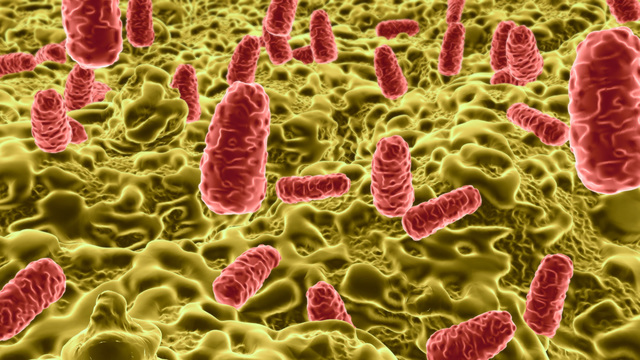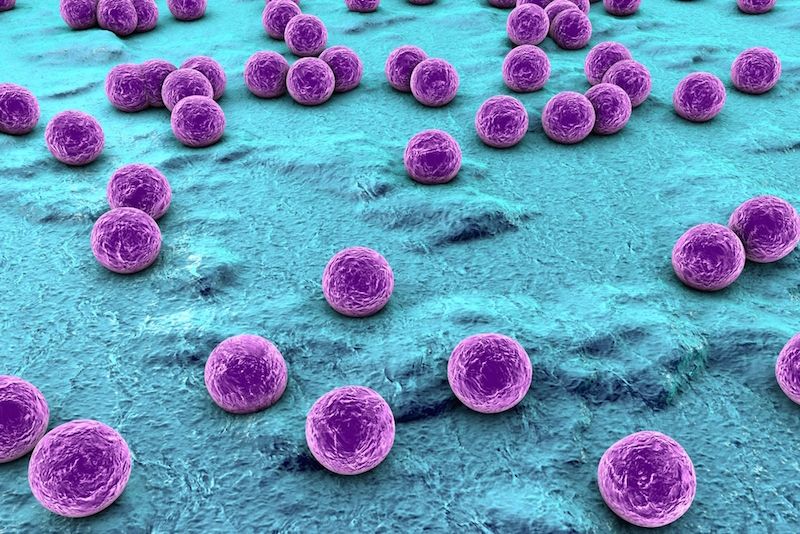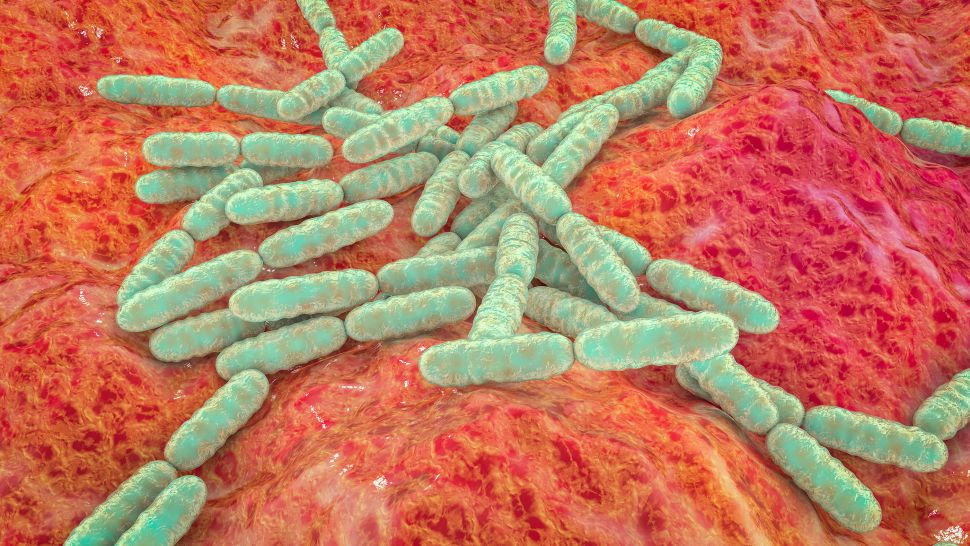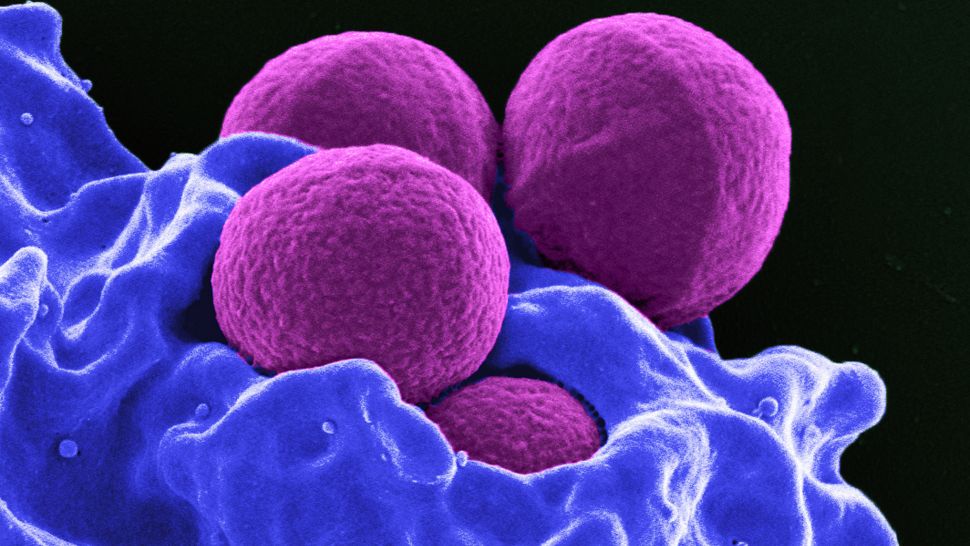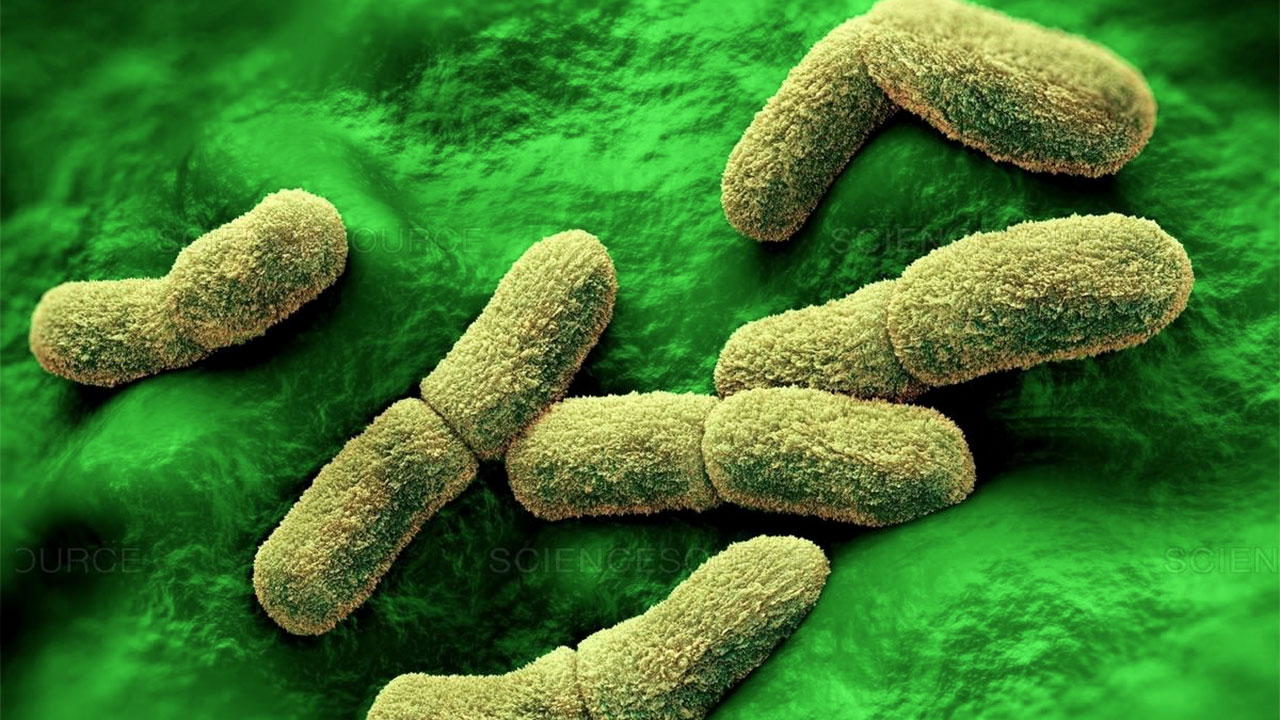


Evolving Bacteria
Bacteria are widespread, generally free-living creatures that typically consist of a single biological cell. They are a vast group of prokaryotic bacteria. Bacteria, which are typically a few micrometers in length, were among the first living forms to arise on Earth and are found in the majority of its habitats.
Saving Lives
Modern medicine is currently battling a type of bacteria known as “superbugs.” These bacteria have developed resistance to the majority of antibiotics and other treatments used to treat the diseases they cause. Resistant bacteria that can cause pneumonia, urinary tract infections, and skin infections are just a few examples of superbugs. In the United States, superbugs are the 4th leading cause of death behind cardiovascular disease, cancer and accidents. It is important to understand these organisms to develop techniques and medicine to prevent them.
Do you want to find out about other similar organisms
By studying more about the biology of this world we can learn more about ourselves and the world around us.
Pneumonic Plague
Yersinia Pestisis is the cause of the disease plague, which resulted in the First Plague Pandemic and the Black Death, the worst pandemic in recorded history. Today, there are three types of plague: pneumonic, septicemic, and bubonic. Bubonic plague causes flu-like symptoms one to seven days following bacterial contact. Pneumonic plague is a potentially fatal lung illness. Fever, headache, shortness of breath, chest discomfort, and coughing are among the symptoms.
Septicemic Plague
Septicemic plague is a potentially fatal blood illness carried mostly by infected flea bites. It is nearly usually lethal if left untreated. However it only occurs in a very small percentage of Yersinia infections. It is the strangest and most deadly of the three varieties of plague.
Here Comes the Good Bacteria!
Probiotics are living bacteria and yeast that are beneficial to your overall health, particularly your digestive system. We normally conceive of these as disease-causing microorganisms. However, your body is brimming with germs, both beneficial and bad. Probiotic bacteria are typically referred to as “good” or “friendly” bacteria since they aid in gut health.

Spreading Knowledge is My Mission
Policies
Follow Us
Explore more interesting things!


